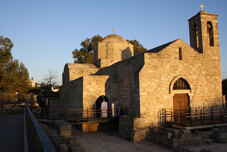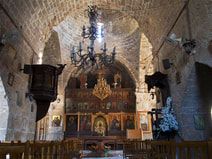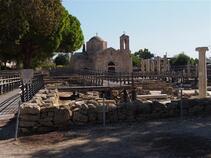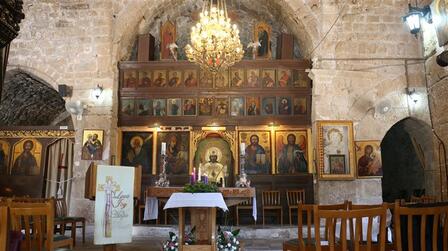A Brief History of Ayia Kyriaki Chrysopolitissa
St. Paul and St. Barnabas visited Cyprus in 45 AD (Acts 13 verses 5-12) and converted the Roman proconsul Sergius Paulus. He became the first Christian ruler and Cyprus the first Christian country. Tradition has it that St. Paul was scourged in Paphos at the pillar near this church. This church is, therefore, often known as “The Church by St. Paul’s Pillar”.
The church of Ayia Kyriaki Chrysopolitissa was built around 1540 AD as a Latin Church on the site of a small church which was destroyed in 365 AD by an earthquake.
The Orthodox Bishop of Paphos entrusted Ayia Kyriaki to the Latin Catholic Community (LCC) in 1986 and two years later the Latin Catholic Church invited, among others, the Anglican community to use Ayia Kyriaki for the divine worship. - service times can be found HERE.
The church of Ayia Kyriaki Chrysopolitissa was built around 1540 AD as a Latin Church on the site of a small church which was destroyed in 365 AD by an earthquake.
The Orthodox Bishop of Paphos entrusted Ayia Kyriaki to the Latin Catholic Community (LCC) in 1986 and two years later the Latin Catholic Church invited, among others, the Anglican community to use Ayia Kyriaki for the divine worship. - service times can be found HERE.





